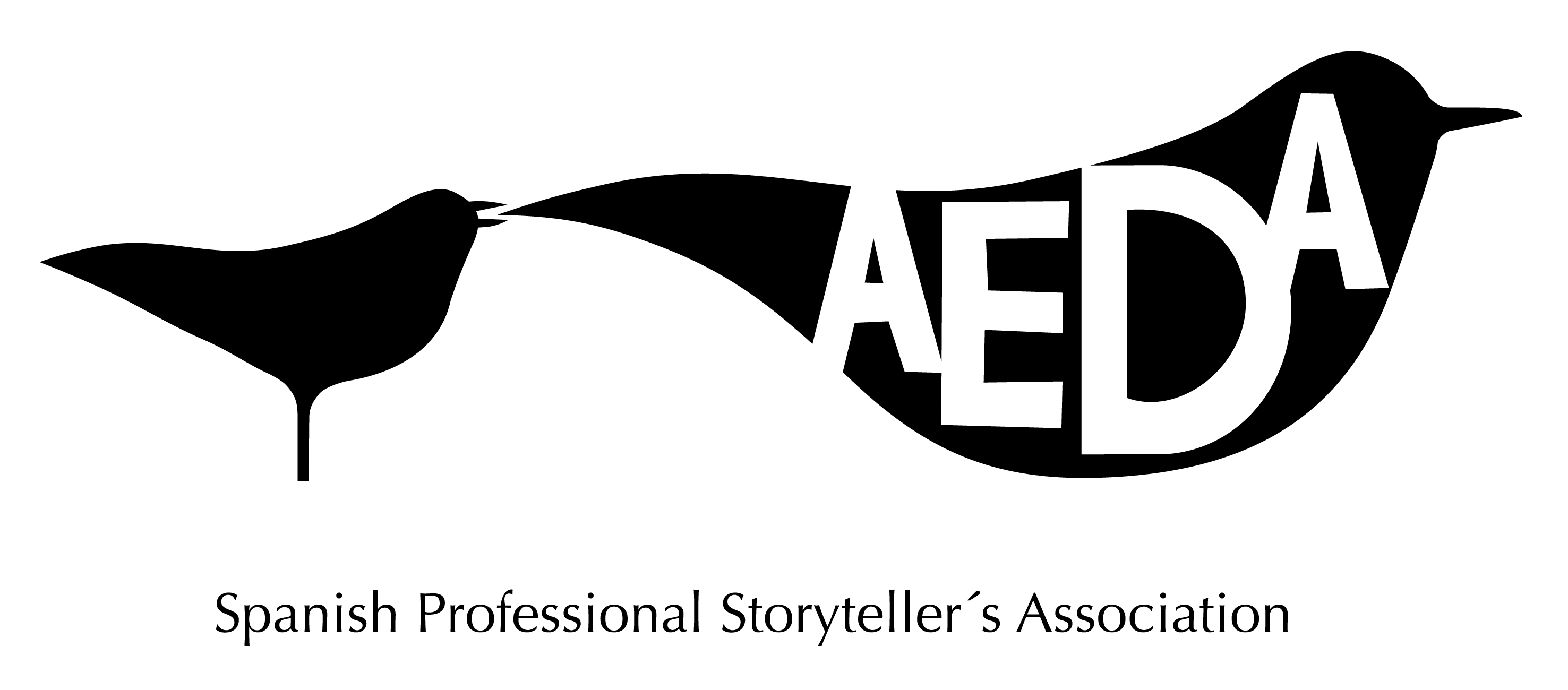Tandem telling
Article published in Telling in Tandem by Tim Bowley and retrived by our webside with author's consent. Lots of thanks, Tim.

I must admit that when I first received the invitation to contribute to this book, I had never before heard the term 'Tandem Telling' in spite of spending the last twenty five years as a Storyteller. I assume it means people who tell as part of a pair or group, each telling a tale one after the other. If so, this is quite a long way removed from what I and my telling partner do, although I suppose you could definitely call it 'tandem telling'. I live and work in Spain and, due to a congenital British inability to learn a foreign language to anywhere near the level required to tell, I work with a Spanish partner who translates the story into Spanish as we go along, so, rather than interchanging story by story, we are swapping phrase by phrase.
On hearing this described, many people think that it must be very boring to listen to but, wonderfully, magically, mysteriously, the reverse is true and the listener gets two versions, two interpretations, of the same story. Add to that a rythmic interplay of male and female voice, the music of two different languages running side by side, two perceptions of each event in the story, and the effect is hypnotic. There is a shamanic exercise in which someone whispers into one ear of the acolyte while another whispers something different in the other. The effect is to break the hearer free from his normal level of consciousness and propel him into another dimension. I believe that telling in this way has something of the same magic about it and actually increases the power that storytelling possesses to lift the listener out of everyday reality into worlds where anything is possible.













